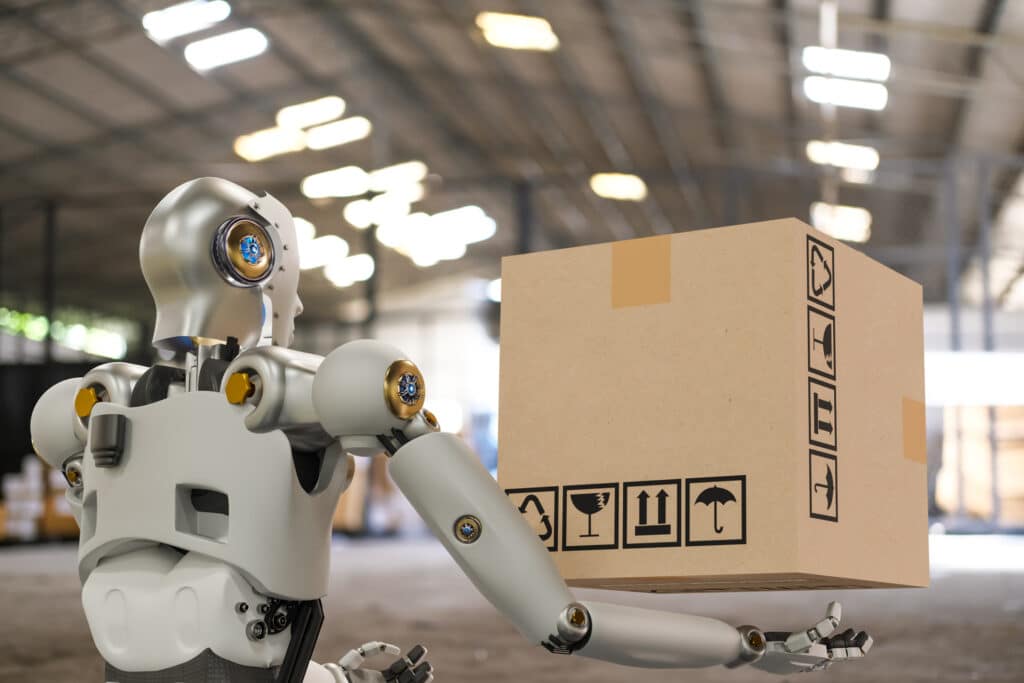Whether designing a new facility or redesigning an existing one, there are a few important elements to consider when it comes to warehouse design. The Receiving Dock is one of the most important areas to look at when configuring or updating your facility. Let’s take a look at some of the most crucial elements to consider…
Receiving Dock Elements within Warehouse Design:
Door Type and Configuration
Deciding what kind of door and configuration is dependent on a combination of two things. First, an evaluation of the physical space constraints at the site. Second, a look at the expected profile and mix of vehicles with which your dock needs to interface. Take a look at the available space outside the building for trucks to maneuver. Consider these questions…
- What angle will the trailers approach the dock?
- In what direction will the traffic be approaching and departing the dock?
- What are the expected ranges for truck elevations and lengths?
- Will they be end-loaded box trailers, side-loaded canvas or roll-up flaps, flat bed trailers, require drive-in or through access or ramps?
Equipment at the Dock
Next it is essential to take a look at the current equipment already at the dock.
- What is available to physically secure and engage the trailer?
- Are the right dock pads around the door’s perimeter face to seal out weather and unwanted access? (This would also include dock boards and levelers.)
- Will edge-of-dock face-mounted levelers fit your application, or do you need pit levelers to accommodate a wider range of trailer heights?
- Should you use hydraulic assist or airbag systems? What utilities are required at the doors to make this happen?
- What extent and type of weather sealing is preferred around the leveler?
- What are your lighting needs?
Think about how you want to secure the trailers. Will you only need wheel chocks to be set by the driver, or will you also have a system to engage and secure the truck to the dock face? If the latter, you’ll want dock personnel to be notified when a trailer is engaged and ready and the driver to see from his cab when the trailer has been physically released for departure.
Flow of Process
Third is the required flow of the process itself, and the right space and equipment to make it happen. Determine what will be the method of content data transfer.
- Will you use advanced shipping notices (ASN) via electronic data interchange (EDI) between your suppliers or carriers and your warehouse management system?
- What sort of paperwork handling such as packing slips, hazmat documentation, and beyond?
- Will some or all of the incoming loads be barcoded? If so figure out if this will this be at the pallet, case or piece level. It is also important to know what barcode reading abilities you need and where.
- Are there any relevant printing needs, such as for reprinting bad inbound case LPNs, or for cross-dock labels for receipts with pre-allocated destinations?
- Should you use fixed stations, mobile carts, or vehicle- or waist-mounted RF-driven printers?
Inspections and Verifications Required
One of the areas to be mindful of is the inspections and verifications required to confirm the receipt contents. The pallet- or case-level counts need to be documented as well and conditions to enable prompt release of the driver if a live unload. You also want to quickly and safely release the contents into your facility for use.
- What is the count and condition of the goods within the cases or pallet loads?
- Is the packaging and labeling as needed for your operation?
- Does the received material, product or equipment meet expected specifications? If not, what are the exception processes to deal with them?
- Does your WMS allow for the receipt of products with a QC-hold and release mechanism?
- At what rate do you need to receive the product and what mix of manual and automated processes and handling might then best fit your application? For example, conveyor assisted unloaded, sorting, or routing from the dock to various staging, inspection, storage or processing locations.
With many such factors to be incorporated into a good and functional warehouse design to meet your objectives, consider contacting us for assistance.
As of September 8, 2020, Crimson & Co (formerly The Progress Group/TPG) has rebranded as Argon & Co following the successful merger with Argon Consulting in April 2018.







